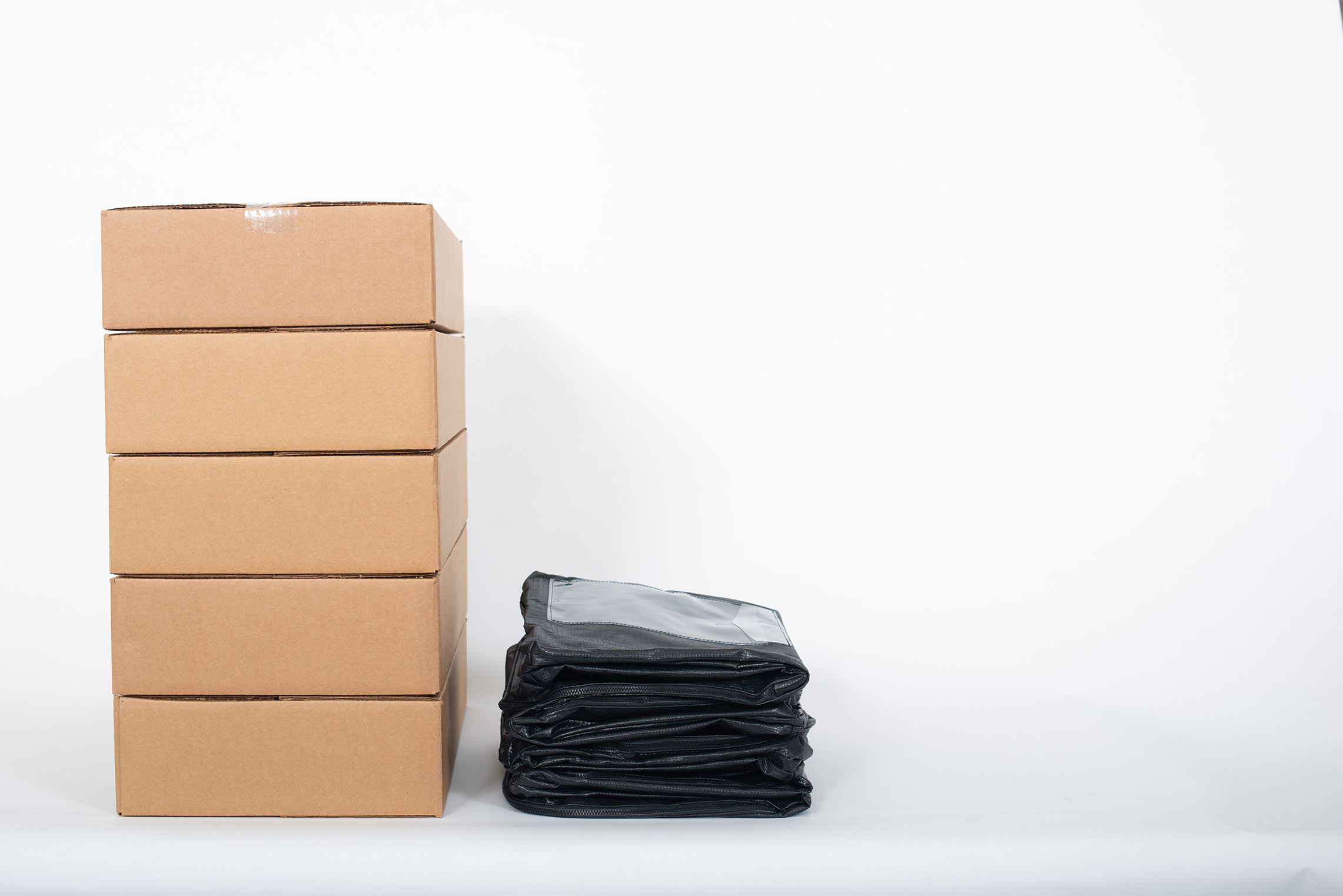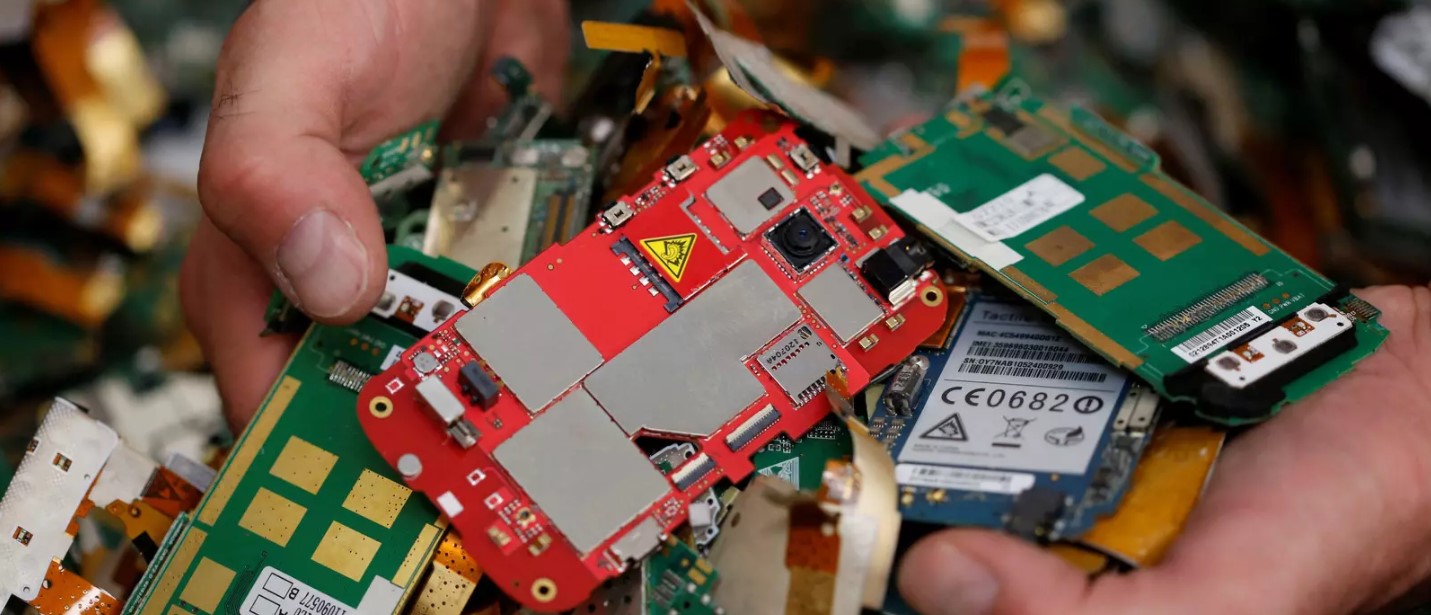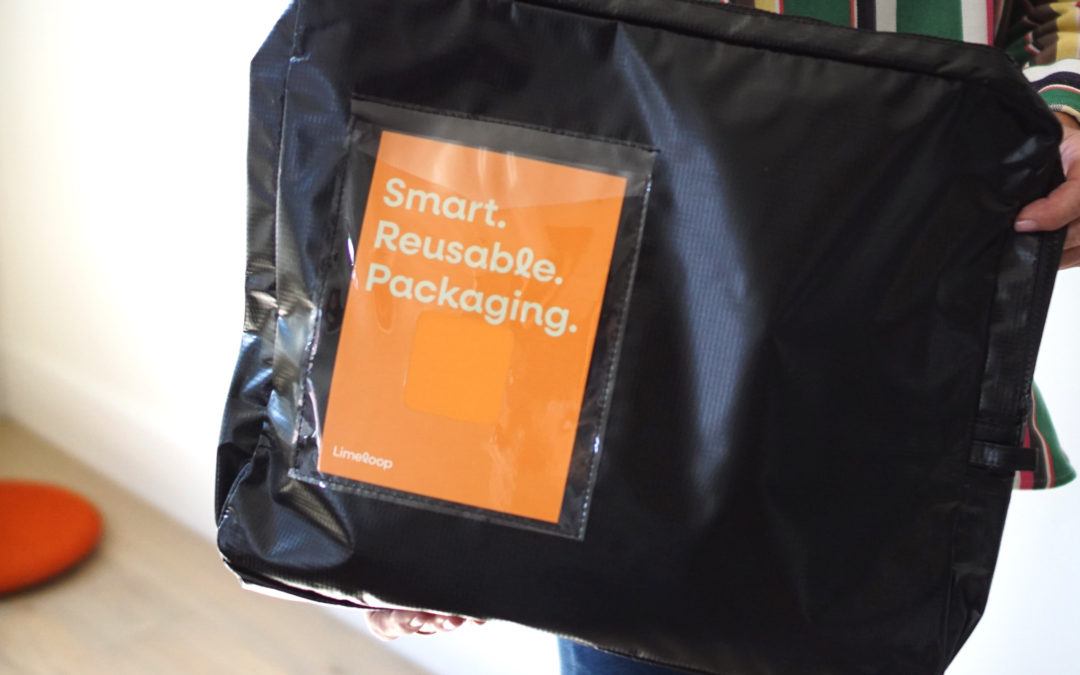SUSTAINABILITY / TECHNOLOGY / REUSABILITY
With the spike in ecommerce (and COVID cases), came a spike in the belief that single-use packaging – cardboard boxes and plastics – were the safest shipping options due to public health and safety concerns. However, each LimeLoop shipper is cleaned per cycle, making them a completely safe and feasible reusable option.
Following and amidst exponential e-commerce growth, brands and consumers recognize the environmental repercussions of single-use packaging, and that maybe reusable, more sustainable options can be just as safe. However, what remains unseen, despite efforts across industries, is the repercussions of poor visibility and inventory management across supply chains.
This week’s In the Loop, pulls from the sustainable conversations on remedying these repercussions, including ecofriendly packaging upgrades, technology’s sustained role in sustainability, and repairing versus recycling.
SUSTAINABILITY

Using Eco-Friendly Packaging for your Online Business
By Emily Da Silva, CONTRIBUTOR AT Jumpseller
“E-commerce is one of the fastest-growing industries in the world. In the US, where e-commerce has been well-established since the early-2000s, the industry continues to grow at 16% per year, while traditional retail lags at just 3.8% yearly growth.”
A consistent increase of e-commerce warrants better, smarter shipping. Instead of focusing on the existing packaging solutions – cardboard boxes and mailers – LimeLoop chose to re-imagine an entirely new shipping landscape.
Our friends at Jumpseller discuss the role of eco-friendly packaging in this reimagined landscape, painted by LimeLoop, and others, pioneering sustainable solutions.
TECHNOLOGY

Driving Sustainability Through RFID Technology
By Dean Frew , CONTRIBUTOR FOR RFID Journal
“For years, sustainability served as one small facet of broader business plans and goals, falling to the wayside of other initiatives like growth strategies and digital transformation. Lately, however, it has quickly become one of the most important priorities for industry leaders, executives and customers across the globe—especially coming out of such a disruptive and impactful year as 2020. The fashion industry, in particular, is one in which consumers are calling for widespread change in terms of how products are made, as well as what make up products and how they are managed. More and more brands are pledging their commitment to fulfilling these demands and are paving the way toward a more sustainable future.”
Supply chain tech is empowering brands with greater visibility into inventory levels and automates traditional, manual practices that, in turn, reduce negative environmental impacts. Frew explores sustainability as a business model, and how RFID technology, similar to LimeLoop’s sensor technology, is the foundation of future circular supply chains.
REUSABILITY

Repairing – not recycling – is the first step to tackling e-waste from smartphones. Here’s why.
By Mo Chatterji , CONTRIBUTOR AT World Economic Forum
“From a carbon emissions perspective, smartphones produce 85-95% of their emissions in the production phase. The total annual carbon footprint of manufacturing mobile phones is sizeable, equal to at least the annual carbon emissions of a small country.”
Due to poor recycling rates – only 17% of electronics are recycled – Chatterji discusses the economic and environmental benefits of repairing smartphones, thereby extending their lifespan, reducing e-waste and limiting the amount of resources needed for production.
We’re hiring!
LimeLoop is hiring for multiple positions. Join us in becoming a part of the solution.
